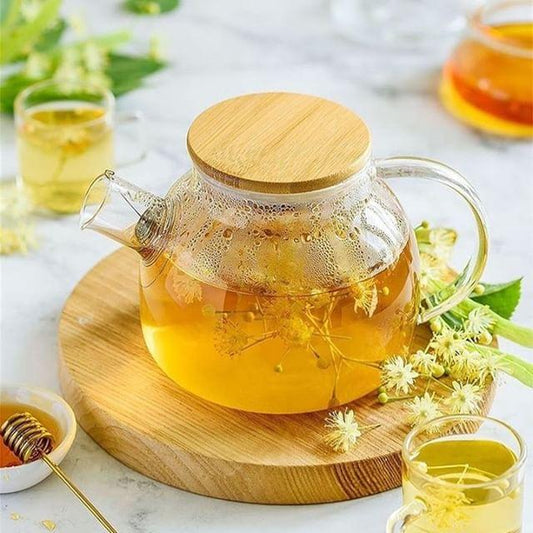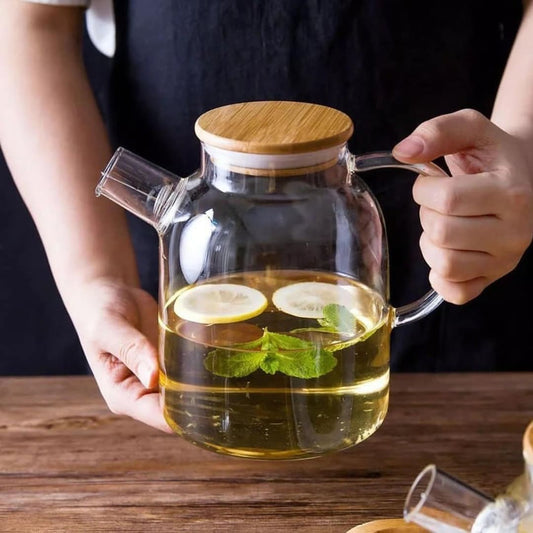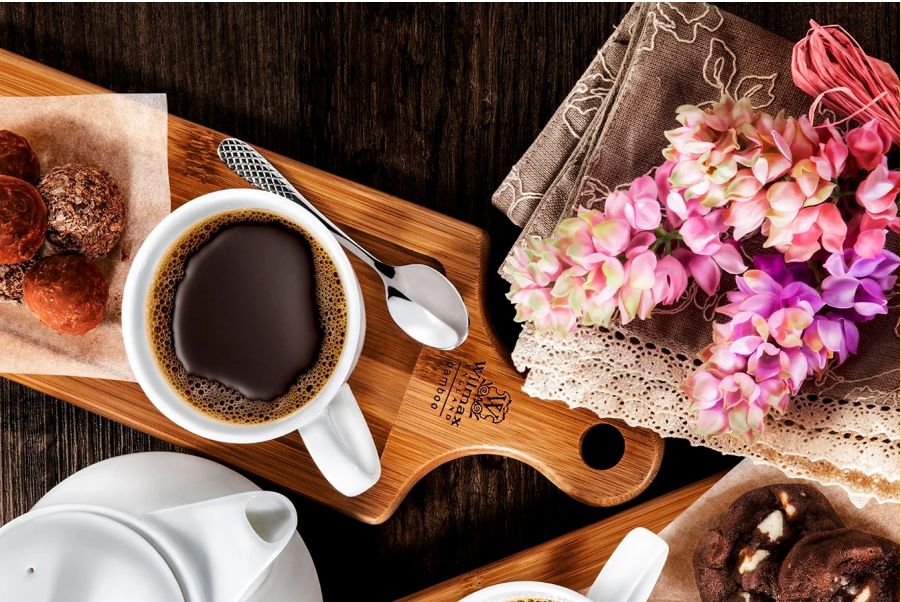Latin Street Drinks: Agua Fresca, Chicha & Beyond

🥤 Latin Street Drinks: Agua Fresca, Chicha & Beyond
Forget sugary sodas and overpriced bottled waters — the new wave of global refreshment comes straight from the bustling streets of Latin America. Agua fresca, chicha, tepache, and other street drinks are turning heads (and quenching thirsts) worldwide. With their bold colors, natural ingredients, and cultural roots, these beverages are more than just drinks — they’re liquid stories of tradition.
🍉 Agua Fresca: Simple, Fresh, Iconic
Mexico’s agua fresca is proof that sometimes the simplest ideas are the most genius. Made by blending water with fruits like watermelon, hibiscus, tamarind, or cucumber, it’s sweetened lightly and served ice-cold.
It’s healthy, refreshing, and visually stunning — a row of agua fresca barrels looks like a rainbow in liquid form. In U.S. cities, taquerías and cafés are embracing agua fresca as the perfect soda alternative.
🍺 Chicha: Ancient Brew With a Modern Twist
From the Andes comes chicha, a traditional fermented or non-fermented drink made from corn, quinoa, or fruit. Historically sipped at festivals and rituals, chicha has a story that stretches back thousands of years.
Today, craft brewers and restaurants are reviving it as a funky, tangy, lightly alcoholic sip that rivals kombucha for hipster credibility. It’s rustic, cultural, and endlessly adaptable.
🍍 Tepache: Fermented Pineapple Magic
If agua fresca is the friendly crowd-pleaser, tepache is its wild cousin. A lightly fermented drink made from pineapple peels, brown sugar, and spices, tepache is fizzy, sweet-sour, and slightly boozy.
Street vendors in Mexico have been making it for centuries, but modern bars are now bottling it as a natural craft soda-meets-beer hybrid.
🥭 Beyond the Classics
Latin America is full of colorful beverages waiting to be discovered:
- Atol – a warm, corn-based drink sweetened with cinnamon
- Horchata – rice milk blended with cinnamon and sugar
- Guarapo – sugarcane juice, sweet and grassy
- Coco frío – chilled coconut served straight from the shell
Each drink is more than refreshment — it’s a snapshot of local culture.
📈 Why They’re Rising Now
- Wellness shift: Low-processed, fruit-based drinks appeal to health-conscious diners.
- Instagram factor: Brightly colored aguas frescas look stunning in a feed.
- Cultural authenticity: Diners crave global flavors with real heritage.
- Versatility: Can be served non-alcoholic or spiked into cocktails.
😂 Soda, Who?
Let’s be honest: a neon-red agua fresca with floating fruit chunks makes your cola look like dishwater. These drinks are fun, vibrant, and refreshing — the opposite of mass-produced, artificial sodas.
🌍 Global Spread
- In New York, aguas frescas are becoming brunch staples. - In Los Angeles, tepache is sold in trendy six-packs at craft beer shops. - In London, chicha bars are introducing Europe to Andean culture.
What was once street-side refreshment is now global wellness chic.
❓ FAQs About Latin Street Drinks
Are they healthy?
Generally, yes — they’re made with fruit, water, and light sweetening. Fermented options even have probiotics.
Do they have alcohol?
Some (like chicha or tepache) can be lightly alcoholic, but most are served non-alcoholic.
Can I make them at home?
Absolutely — agua fresca is as simple as blending fruit and water. Tepache takes a little fermentation fun.
🥤 Final Sip
Latin street drinks are more than thirst-quenchers — they’re expressions of heritage, wellness, and creativity. Whether you’re sipping hibiscus agua fresca on a hot day, sampling rustic chicha, or cracking open a fizzy bottle of tepache, you’re not just drinking — you’re experiencing a tradition.
In 2025, refreshment comes with culture, color, and a splash of history.
Share:





